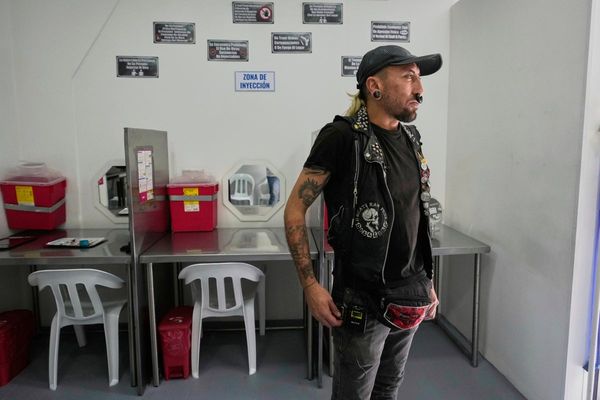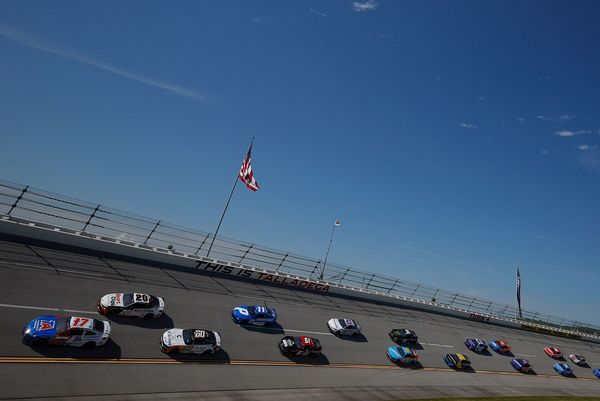Private ambulance drivers are facing increasing fines for picking up and dropping off patients in some areas of London due to ‘low traffic neighbourhoods’ and ‘school streets’.
Private-sector ambulance services are brought in by NHS Trusts to handle non-emergency transport, such as ferrying patients to routine appointments or for hospital discharges.
However, the rise of ‘low-traffic neighbourhoods’ (LTNs) and designated ‘school streets’ is causing complications for ambulance drivers, The Times has revealed.
During school pick-up and drop-off times, when access is restricted to residents, ambulance drivers face a difficult choice of dropping patients off at a distance from their home, or risk receiving a fine for entering the zone.
The charges for the fines are passed on to the NHS trusts, and therefore taxpayers.
According to the newspaper, LTNs are also forcing private ambulance drivers to take longer, more convoluted routes—potentially delaying care and causing distress to patients—or risk being fined.
Peter Wakefield, a compliance officer at ambulance provider On Cue, told The Times: “We pick up the patient, and then the ambulance will get a penalty charge notice (PCN) for going down that road because it’s not allowed at that time.
“The ambulance would have to stop at the limit of that road and then call the patient and ask them to walk there. What happens if they’re a wheelchair user? It’s those sort of instances councils don’t consider.”
Mr Wakefield told The Times that One Cue will not appeal against the tickets because the process, which involves going to each council for evidence, is considered to be more costly.
London’s roads are overseen by 33 local authorities and Transport for London, each enforcing its own set of rules when it comes to non-emergency ambulances.
It is not clear which councils exempt non-emergency ambulances.
In some cases, non-emergency ambulances are fined for driving in bus lanes, with penalty charges starting at £65 and jumping to £130 after 28 days.
Freedom of information requests revealed that two of the three ambulance providers for Barts Health NHS Trust have received a combined 2,300 PCNs for driving in bus lanes and LTNs. Only 32 of these have been successfully appealed., the Times said.
In 2023, Transport for London (TfL) announced that non-emergency ambulances, police cars, and fire vehicles would be allowed to use bus lanes in London, even when not responding to emergencies, without facing penalty charges. However, companies that work for multiple NHS Trusts are not exempt, according to The Times.
On Cue pays up to £1,000 per week in penalty charges from councils and TfL, despite the company’s attempt to qualify for TFL’s policy.
When approached for comment, TfL told The Times that NHS sponsorship ensured the correct vehicles were granted exemption.
It said: “We continue to monitor these arrangements to ensure that the scheme is working as intended.”







